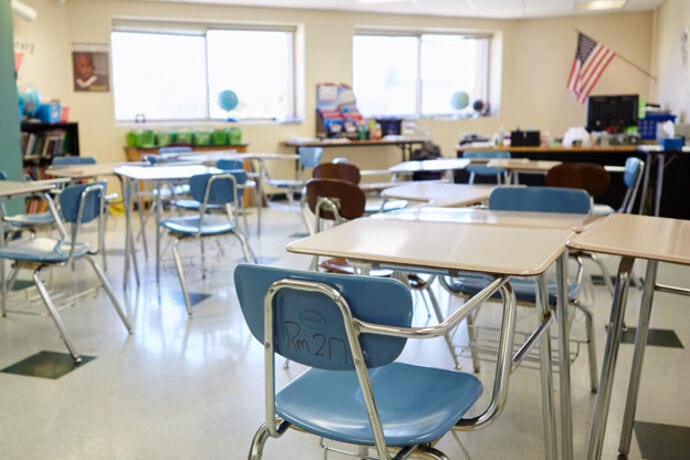7 Easy Accommodations for Students with ADHD

September 3, 2015
As a special education teacher, I work with a lot of little ones with ADHD or with typical ADHD behaviors. Often these students can be successful in a general education classroom with a few accommodations in place. I’ve used all of these accommodations in my own resource classroom and have helped general education teachers implement them in their own classrooms, too.
The key to providing successful accommodations is having clear expectations from the very start. It’s important not to use these accommodations to single out students in a negative way. I never use any as punishments, and I encourage students to let me know when they need them. Read on for seven accommodations for students with ADHD.
1. Give students something to hold!
This is one of the most basic accommodations you can provide, but it goes a long way with many fidgety students. My favorite “fidgets” are Yuk-E-Balls (super durable and easy to clean), but there are tons of less expensive options out there, like bean bags or stress balls. Just make sure you set clear expectations about using the fidget, such as no throwing.
2. Assign them the role of class timer.
A class or activity can seem like it is going on forevvvver to a student with ADHD, so a concrete reminder of the amount of time left can be helpful. Your assigned timer can use a handheld timer to clock everything from independent work time to bathroom breaks. This also helps keep him or her busy and feeling helpful.
3. Use tape to create clear boundaries.
If your students sit at shared tables, try using masking tape to divide up the space. This has saved me so much squabbling! Students who have trouble keeping their hands to themselves have a clear, visual reminder when they see the tape.
4. Provide visual behavior reminders.
I have T-charts with “yes” and “no” behaviors posted in the classroom for many of our activities. I use visuals from LessonPix ($36 for a yearly subscription), but you can also just use images from Google. When a student is displaying a “no” behavior, you can simply point to the corresponding image rather than having to verbally redirect each time. You can also make a mini T-chart for the student to tape on his or her desk.
5. Use privacy shields.
You can buy packs of them or easily make your own by cutting a tri-fold poster in half horizontally. These are primarily used to prevent cheating during tests, but they’re also great for lessening distractions! I love using them during computer time because it’s so difficult for some of my students not to watch what their friends are doing.
6. Allow the student to stand while working.
I have some little guys who simply cannot stay sitting for more than a few minutes. If the student tends to wander when he’s standing up, try outlining the area around his desk with masking tape (similar to number 3) to create a clear boundary.
7. Provide frequent brain breaks.
My students are obsessed with doing brain breaks on Go Noodle, which is super well-designed and free! Students can follow along with these short videos and dance, do yoga, jog in place, and more, all while earning points for their cute classroom champs.


